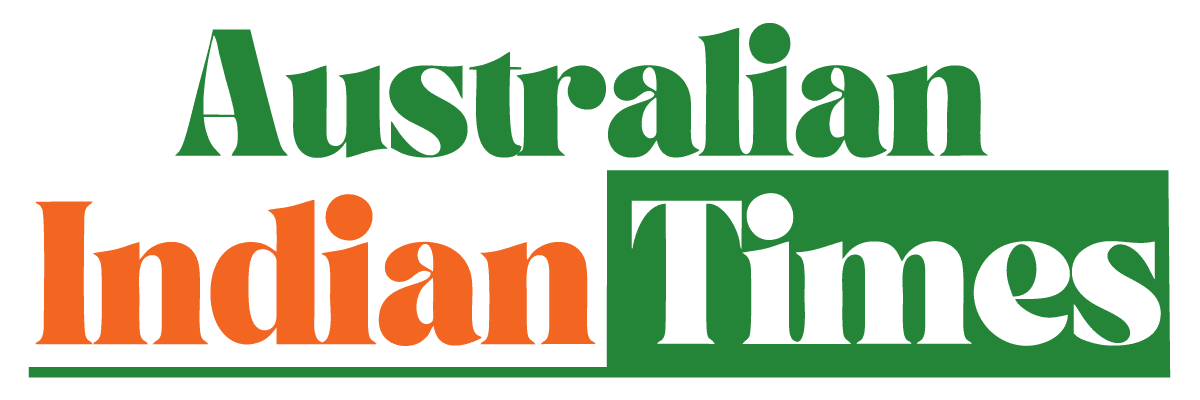Trinidad and Tobago: Little India of the Caribbean?

“Fiji: Little India of the Pacific”, is a book written about 82 years ago in 1942 by Irish Born Hawaiian Professor John Wesley Coulter.
Probably no relation to the Rev John Wesley the founder of the Global Methodist Church, the dominant Christian denomination in Fiji.
Had the late learned Professor was around in this contemporary era he would be forgiven if he label Trinidad and Tobago: Little India of the Caribbean.
 Why not, as the major population at 37.8% are of Indian descent, majority of their forebears were brought to the Caribbean as indentured labour on the mid 1880’s.
Why not, as the major population at 37.8% are of Indian descent, majority of their forebears were brought to the Caribbean as indentured labour on the mid 1880’s.
Trinidad and Tobago, officially Republic of Trinidad and Tobago, Island country, West Indies. The islands of Trinidad and Tobago—the two southernmost links in the Antilles island chain—lie northeast of Venezuela and northwest of Guyana. Area: 1,980 sq mi (5,128 sq km).
Population: (2024 est.) 1,368,000. Capital: Port of Spain. The people are mainly of South Asian or African ancestry. Language: English (official).
Religions: Christianity (Protestant, Roman Catholic), Hinduism, Islam. Currency: Trinidad and Tobago dollar. The islands are mostly flat or rolling, with narrow belts of mountainous highlands and luxuriant rain forests.
The Caroni Swamp, an important bird sanctuary on Trinidad, supports flamingo, egret, and scarlet ibis populations.
The country has large reserves of petroleum and natural gas, as well as one of the world’s largest supplies of natural asphalt.
Other industries include agriculture, fishing, and tourism. Chief crops include sugarcane, citrus fruits, cocoa, and coffee. It is a republic with two legislative houses; its head of state is the president, and the head of government is the prime minister.
When Christopher Columbus visited Trinidad in 1498, it was inhabited mostly by Arawak Indians, though there were probably some Carib speakers as well; Caribs inhabited Tobago.
The islands were settled by the Spanish in the 16th century. In the 17th–18th centuries African slaves were imported for plantation labour to replace the original Indian population, which had been decimated by the impact of slavery and diseases introduced by the Europeans.

Trinidad was surrendered to the British in 1797. The British attempted to settle Tobago in 1721, but the French captured the island in 1781 and transformed it into a sugar-producing colony. The British acquired it in 1802. After slavery ended in the islands (1834–38), immigrants from India were brought in to work the plantations.
Trinidad and Tobago were administratively combined in 1889. Granted limited self-government in 1925, the islands became an independent state within the Commonwealth in 1962 and a republic in 1976. There occurred some political unrest and in 1990 a failed Muslim-fundamentalist coup against the government.
Data and summary source: https://www.britannica.com/place/Trinidad-and-Tobago/People
Some Indian Trinbagonians who helped transform Trinidad and Tobago.
1.Adrien Cola Rienzi (Krishna Deonarine Tiwari, 1905-1972)
2.Dr Rudranath Capildeo (1920-1970)
3.Samuel Selvon (1923-1994)
4.Vidiadhar Surajprasad Naipaul
5.Noor Mohamed Hassanali (1918-2006)
6.Drupati Ramgoonai
7.Dr Anna Mahase
8.Kamla Persad-Bissessar

